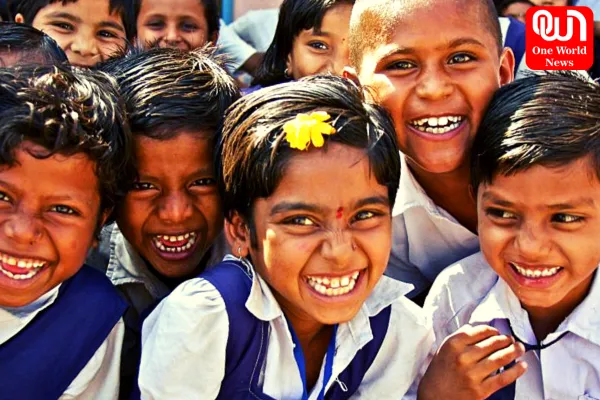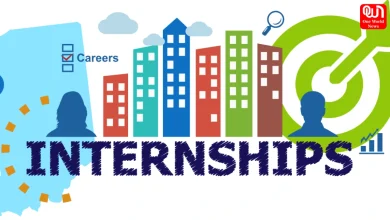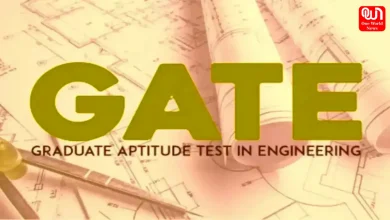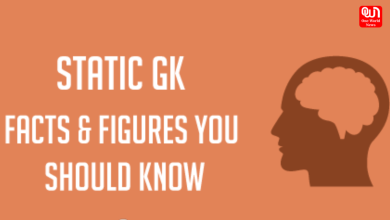State Wise Literacy Rate in India 2023: A Comprehensive Overview

Analyzing the Progress and Challenges in India’s Education System through an overview of State Wise Literacy Rate in India 2023
India is a vast and diverse country with a population of over 1.3 billion people. With such a large population, ensuring universal education and literacy is a significant challenge for the Indian government. Despite the challenges, India has made significant progress in increasing literacy rates over the years. In this article, we will discuss the state-wise literacy rate in India in 2023 and analyze the progress and challenges in India’s education system.
According to the 2011 Census, India’s literacy rate was 74.04%, which showed a significant improvement from 65.38% in the 2001 Census. However, the COVID-19 pandemic has caused disruptions in the education system, and it remains to be seen how it will affect literacy rates in India.
Nonetheless, the Indian government has taken various initiatives to promote education, including the Right to Education Act, which made education a fundamental right for children between the ages of 6 and 14.
State-wise Literacy Rates in India in 2023
As of 2023, the overall literacy rate in India is estimated to be around 80%. However, there are significant variations in literacy rates among the states. Kerala has the highest literacy rate in India at 96.2%, while Bihar has the lowest literacy rate at 63.8%.
The top 5 states with the highest literacy rates are Kerala, Delhi, Uttarakhand, Himachal Pradesh, and Punjab. On the other hand, the bottom 5 states with the lowest literacy rates are Bihar, Arunachal Pradesh, Rajasthan, Jharkhand, and Uttar Pradesh.
Factors Contributing to Increase in Literacy Rates
The reasons for the disparity in literacy rates among the states are multifaceted. States with a high literacy rate generally have better access to education and infrastructure, and a more developed economy. In contrast, states with a low literacy rate are often characterized by poverty, lack of resources, and social inequality.
Literacy rate:
🇳🇪Niger: 19%
🇨🇫CAR: 37%
🇵🇰Pakistan: 56%
🇳🇬Nigeria: 60%
🇳🇵Nepal: 65%
🇮🇳India: 72%
🇪🇬Egypt: 76%
🇮🇶Iraq: 80%
🇸🇾Syria: 86%
🇮🇷Iran: 87%
🇧🇷Brazil: 93%
🇹🇷Turkey: 96%
🇨🇳China: 96%
🇫🇷France: 99%
🇺🇸US: 99%
🇬🇧UK: 99%
🇨🇺Cuba: 100%
🇷🇺Russia: 100%
🇫🇮Finland: 100%
🇳🇴Norway: 100%— World of Statistics (@stats_feed) April 20, 2023
The government has taken measures to address these issues, such as increasing investment in education, improving access to schools, and promoting gender equality.
One of the significant challenges facing the Indian education system is the quality of education. While access to education has improved, the quality of education in many schools remains poor. In many rural areas, schools lack basic facilities, such as electricity and clean water, and teachers are often poorly trained and inadequately compensated. This results in a high dropout rate and low learning outcomes among students.
Another significant challenge is the gender gap in education. Although India has made significant progress in reducing gender disparities in education, girls still face significant barriers to education in many parts of the country.
Social and cultural factors such as child marriage, gender discrimination, and poverty often prevent girls from attending school. The government has taken various measures to address this issue, such as providing incentives for girls to attend school, promoting awareness of girls’ education, and providing free education for girls.
The COVID-19 pandemic has posed unprecedented challenges to the Indian education system. School closures and the shift to online learning have affected millions of students, especially those from disadvantaged backgrounds. The pandemic has highlighted the existing inequalities in the Indian education system and the need to improve access to education and infrastructure.
Despite the challenges, the Indian government has taken various initiatives to promote education and literacy. The government has increased investment in education, launched various schemes to improve access to education, and implemented policies to promote gender equality. Moreover, the government has announced plans to increase the literacy rate to 100% in the coming years, which will require sustained efforts and investment.
Sarva Shiksha Abhiyan (SSA) Program
To address the quality of education, the government has implemented various measures such as teacher training programs, digital classrooms, and initiatives to improve learning outcomes. The government has also launched the National Education Policy 2020, which aims to transform the Indian education system and make it more inclusive and holistic.
The policy aims to ensure universal access to education, promote multidisciplinary education, and foster critical thinking and creativity among students. It also emphasizes the use of technology in education and encourages the development of skills that are relevant to the changing job market.
Read more:- Top 10 Educated States In India
Another initiative that has contributed to the increase in literacy rates in India is the Sarva Shiksha Abhiyan (SSA) program. SSA is a flagship program of the government that aims to provide universal access to education for all children in the age group of 6 to 14 years. The program has been successful in improving access to education, reducing dropouts, and increasing literacy rates in many parts of the country.
In addition to these initiatives, various NGOs and civil society organizations are working towards improving education and literacy in India. These organizations are working in partnership with the government to address the gaps in the education system and promote access to education for all.
Conclusion
India has made significant progress in increasing literacy rates over the years, but there are still significant challenges to be addressed. The state-wise literacy rate in India in 2023 shows that there is still a significant disparity in literacy rates among the states. However, the government’s various initiatives and policies, along with the efforts of civil society organizations, are helping to bridge the gap and promote education and literacy for all.
The COVID-19 pandemic has highlighted the need for increased investment in education and infrastructure, and the government’s efforts to address these challenges are crucial. With sustained efforts and investment, it is possible to achieve the goal of 100% literacy in India in the coming years, making education and literacy accessible to all.
Like this post?
Register at One World News to never miss out on videos, celeb interviews, and best reads.







